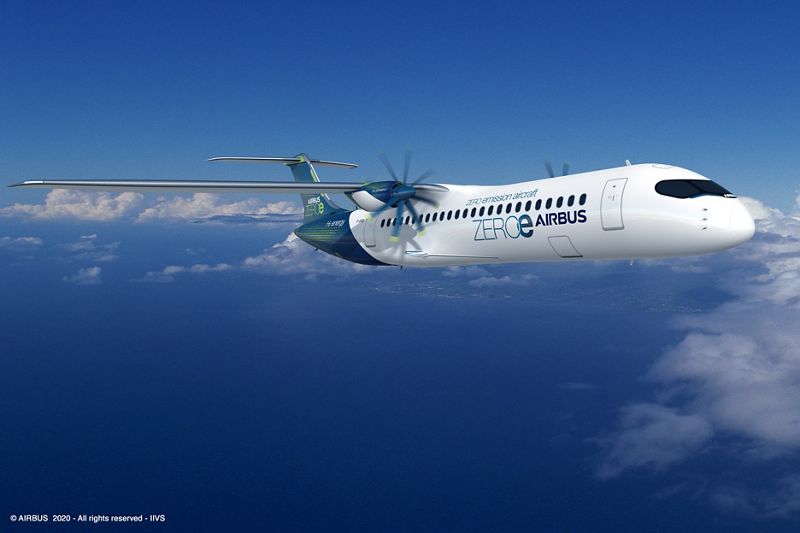
Hydrogen Aircraft Market Could reach $174.02 billion by 2040
This is according to Gediminas Ziemelis, Chairman of the Board at Avia Solutions.
Sustainability has been a top topic in amongst aviation professionals. While many companies in the aviation industry focus on optimisation and green initiatives, something bigger has been on people’s minds – sustainable aircraft. Aviation fuel is one of the main culprits in aviation pollution, so it’s about time the industry shifted its focus towards greener fuel options.
The new fuel should be accessible at a global level and must be safe, environmental, and economical. Hydrogen has the potential to change the aviation industry and substitute the currently used aviation fuel.
Hydrogen, as an energy carrier for usage in aircraft, has some great qualities such as minimum pollution, global availability, and safety, thus making it a suitable aviation fuel. In comparison with Lithium-ion batteries, hydrogen has a greater energy density, both in terms of gravimetric and volumetric measures.
Furthermore, hydrogen use is expected to gain popularity and momentum in several industries, speeding up the advancements of fuel cells and storage systems and encouraging quicker development of necessary infrastructure. These factors, associated with hydrogen as aviation fuel, are expected to drive the growth of the global hydrogen aircraft market over the years to reach the anticipated value of $27.68 billion in 2030, and $174.02 billion by 2040.
The idea of hydrogen-powered aircraft has been in the minds of professionals for decades. Back in the 1950s, the US Air Force flew B-57 aircraft with hydrogen fuel, and in the 1980s, Tupolev converted a Tu-155 aircraft to a hydrogen gas turbine. While now the focus shifts to hydrogen because of ecological concerns, at the time Tupolev’s reasoning was more economical – relatively inexpensively fuel production using nuclear power made hydrogen an attractive alternative.
Information Source: Read Full Release ..–>
Article release by:



